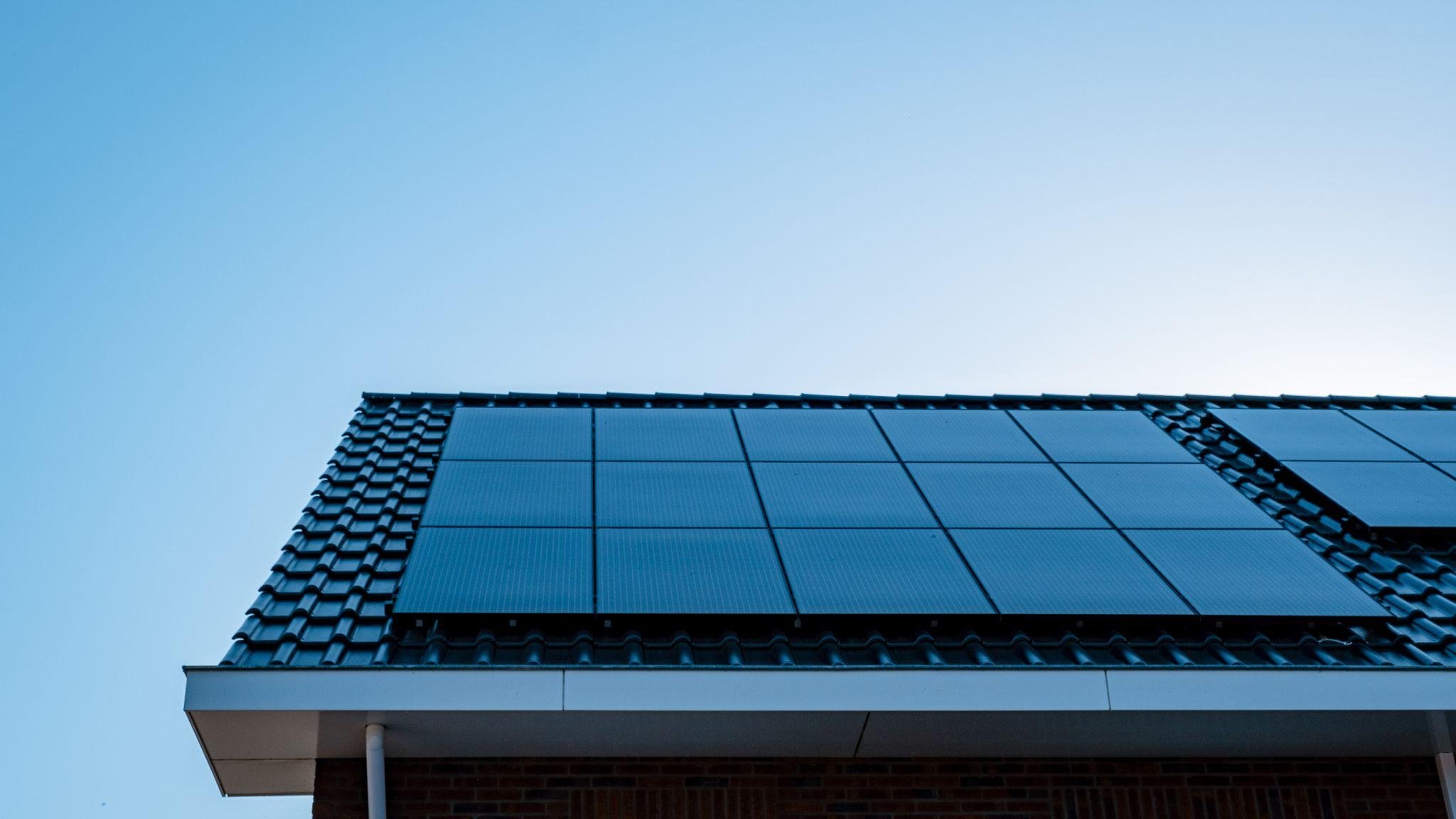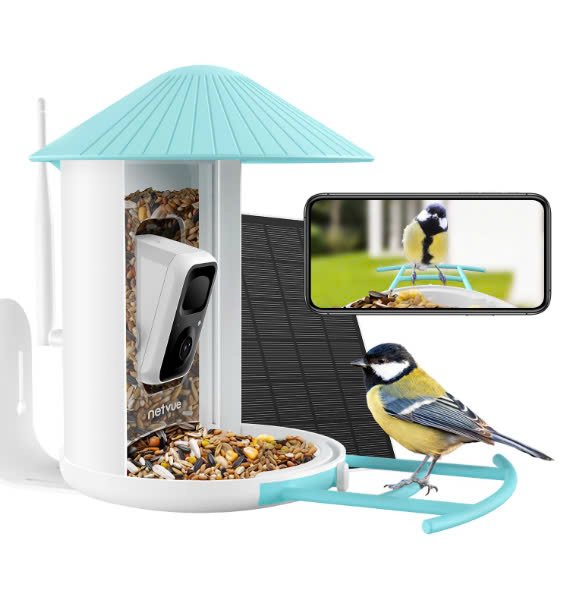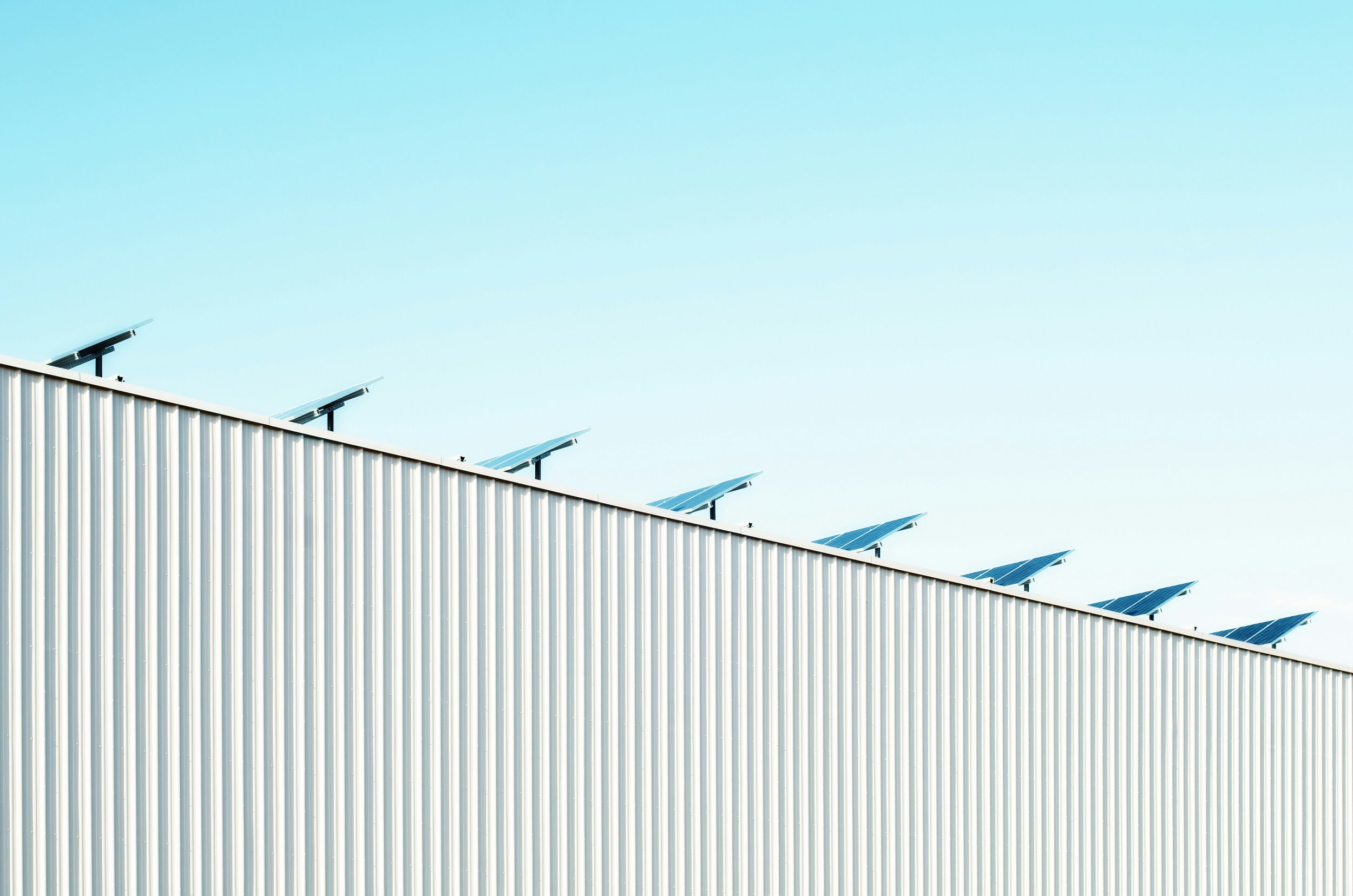How Does Solar Energy Work: Step-by-Step Guide
Explore how solar energy works with our step-by-step guide. Learn about the process of converting sunlight into electricity and the benefits of harnessing solar power for your home.
Renewable energy provides a path away from finite resources like fossil fuels for power. Residential solar panels produced 37 million megawatt-hours across the United States in 2022, and this number is expected to continue growing. Learning how does solar energy work step by step can help you determine if it's the best investment for your household. Solar electricity generation provides an alternative course to relying on the grid and facing unpredictable utility bills. The solar energy process can help you understand what you're purchasing and the benefits of solar power. Renewable energy sources can save money and help the environment, and they're worth considering as an addition to your home. Continue reading to learn how the process works today!
How Does Solar Energy Work: Step-by-Step
The solar energy process is an efficient way to harness the sun's light and radiation. The process then converts that light and radiation into usable electricity for businesses and households. A closer look at the solar energy process can help you understand how each component works. Here's how your panels, inverter, and batteries work together.
Step One: Energy Capturing
A solar panel installation captures sunlight using the cells within the panels. The energy captured is then converted into electrical energy. It starts as Direct Current (DC) and is converted into Alternating Current (AC). You can choose from three types of solar panels for your home's system. The most popular option is monocrystalline solar panels. They're the most efficient for energy production, but they cost more. Polycrystalline solar panels are another popular option. They're less efficient but an excellent choice with a smaller budget. If you're concerned about your home's appearance, thin-film panels are the least intrusive. They're less efficient than other options but blend in and cost less. The radiation releases electrons in each panel's cells. The free flow of electrons causes the photovoltaic effect, resulting in electricity. The more sunshine hits the panels, the more electricity is produced.
Step Two: Power Conversion
The next step of the solar energy process involves conversion. The electricity produced by the photovoltaic effect starts as Direct Current, which can only travel in one direction. Alternating Current is necessary to operate domestic appliances. The conversion process requires an inverter for solar electricity generation. A system without an inverter will not power your home. Work with this Washington solar energy company to learn about the best inverter for your system. An experienced technician will know the number of panels necessary to meet your household's needs.
Step Three: Electrical Distribution
After the power is converted to AC, it must be distributed throughout your home. The electrical panel is the primary hub for routing electricity in your house. Circuit breakers are vital to stop the flow of electricity during a power surge. Your electrical panel often divides solar energy. It's also an essential tool to monitor the amount of electricity your family uses. Work with your solar company to find the best gadgets for monitoring energy production. They'll give you more insight into solar power explained.
Step Four: Electric Meter Records Use and Production
If your home is connected to the electrical grid, it has an electric meter. The meter helps the energy provider track the electricity you use, which the company then uses to provide you with your monthly bill. Renewable energy sources reduce your dependence on the grid for power. The power produced by your panels can lower your electric bill. You can also install a smart meter in your home. Your power company will receive live updates of your energy consumption. It's one of the best tools to get an accurate idea of the power you're using and the money you're saving.
Step Five: Battery Storage
The last step when learning how does solar energy work step by step is battery storage. Battery storage is an optional addition to your system. The batteries are expensive, but they help maximize solar energy benefits. The battery can store energy for future use when creating a surplus in production. The energy stored in the battery will help you keep lights and heat on during winter power outages. The best option is to hold AC electricity for use in emergencies.
Benefits of Solar Energy
Now that you have a clear insight into how solar energy works, it's time to explore the benefits you'll enjoy with your investment. Solar energy is the most abundant renewable energy source. Here's how it can help your conscience and bank account.
Clean Energy
The demand for clean energy is growing due to the damage caused by fossil fuels. From mining to carbon emissions, using fossil fuels for power pollutes the planet and ruins ecosystems. Installing solar panels in your home can give you peace of mind.
Energy Independence
Solar energy systems are a step toward energy independence. A grid-tied system helps you avoid the rollercoaster ride of energy bills, while an off-grid system will cut all ties with fossil fuels and hydroelectric power.
Simple Maintenance
The maintenance requirements for solar panels are minimal, making them an excellent investment for future use. Most panels require cleaning twice annually to remove dust and debris. It's a crucial step to ensure efficiency and help you save money.
Money Savings
Money isn't everything, but having more than less is better, and your solar panels can ensure you put more money into your bank account. A solar energy system that meets your family's needs eliminates your electric bill. You can earn money from your solar installation by selling surplus energy to the electrical company through net metering.
Harness the Power of Solar Energy Today
Learning how does solar energy work step by step can provide insight into whether it's the ideal fit for your household. The process begins when solar cells absorb sunlight and convert it from DC to AC. The inverter sends the energy to the electrical panel, which distributes it throughout your home. You can also invest in solar batteries for backup power in emergencies. Harnessing technology and using it to your benefit is essential for health and happiness. Read our blog for more insights and tips on maximizing your resources today!












